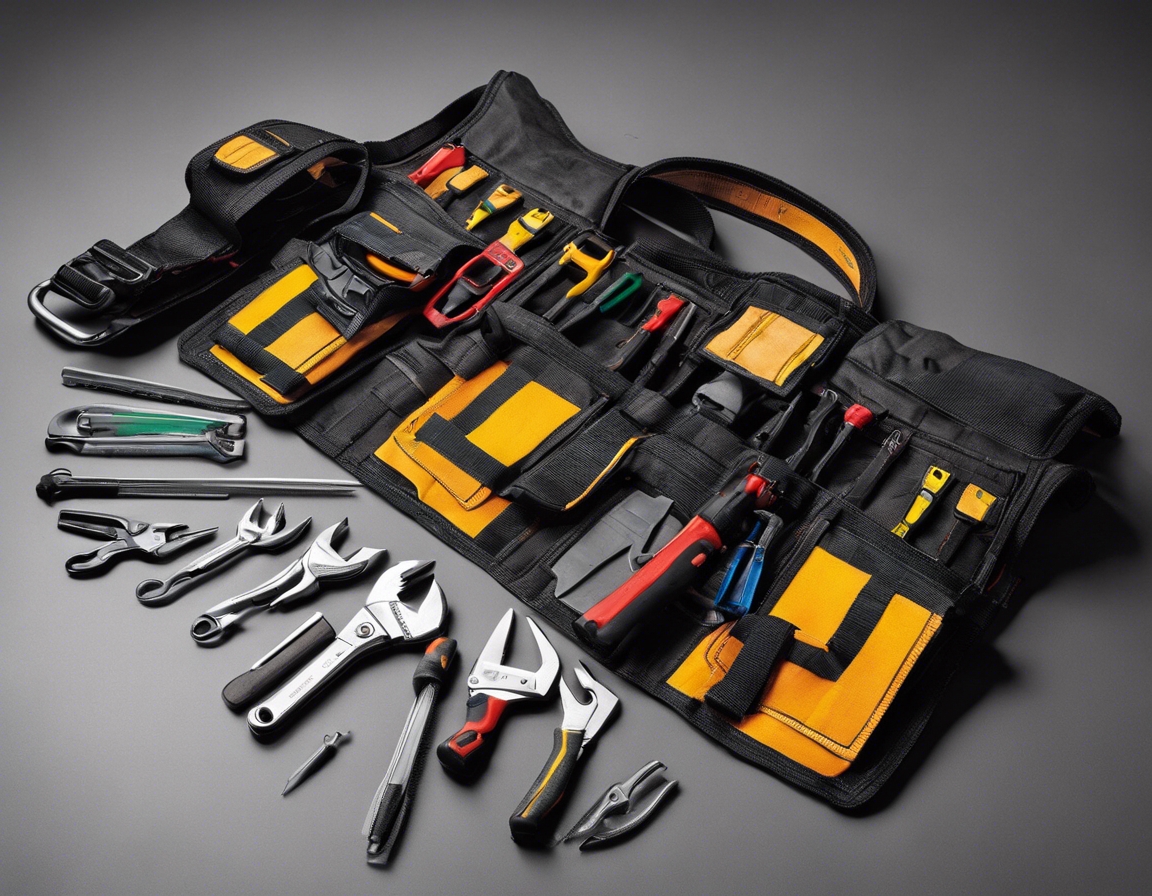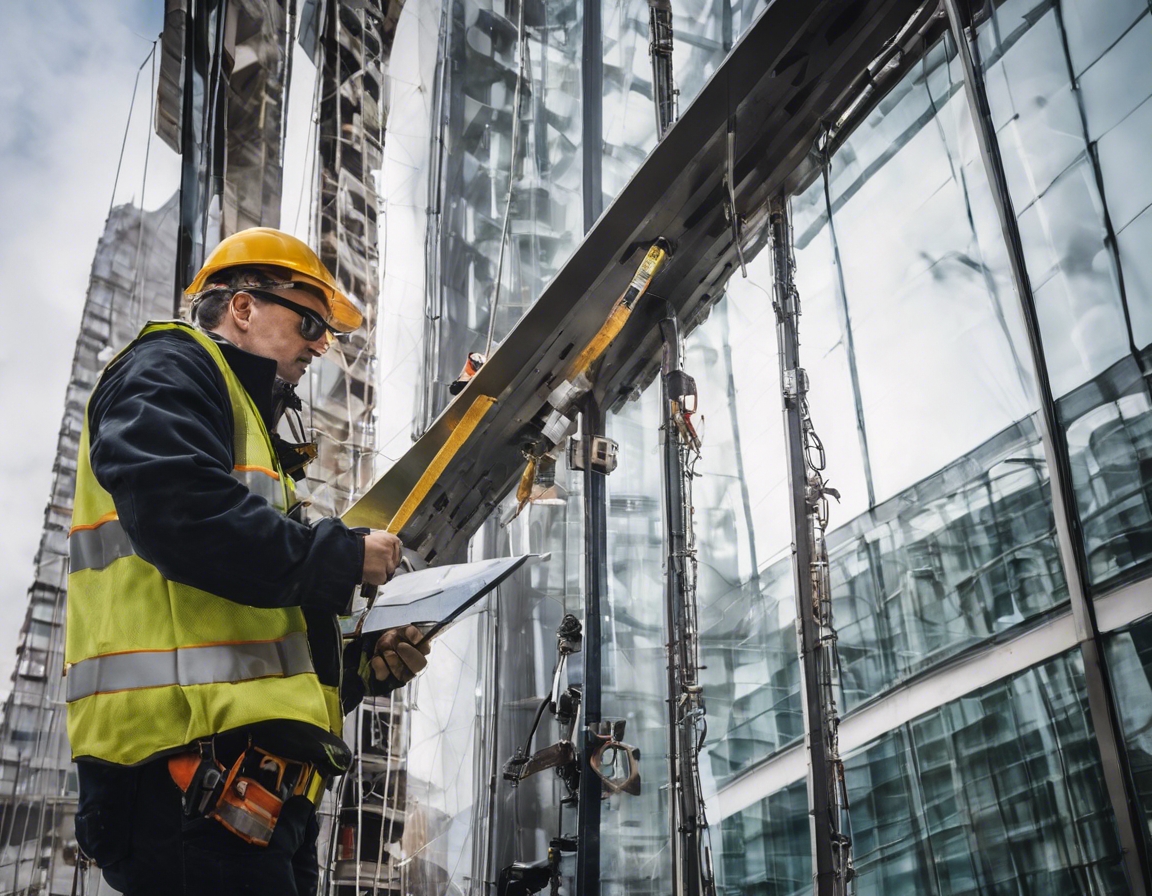Maintaining heritage sites: balancing history and safety
Heritage sites are invaluable cultural treasures, representing the historical fabric of our societies. They serve as tangible links to the past, offering insights into the lives, traditions, and values of previous generations. Preserving these sites is crucial for educational purposes, cultural identity, and tourism, which often contributes significantly to local economies.
Maintaining heritage sites presents a unique set of challenges. These include dealing with the natural aging of materials, adapting to modern safety standards without compromising historical integrity, and ensuring that interventions are reversible and do not damage the original structure.
Understanding Heritage Sites
Heritage sites are locations of significant cultural, historical, or architectural value. They can range from ancient ruins to more recent historical buildings that have been deemed worthy of preservation for future generations.
These sites can be classified into various categories, such as cultural landscapes, historic towns, archaeological sites, and monuments, each requiring a tailored approach to maintenance and preservation.
Principles of Heritage Site Maintenance
Preservation involves protecting and maintaining the existing structure without significant alterations, while restoration may include repairing or replacing elements to return a site to a known earlier state.
Adaptive reuse is a strategy that involves repurposing heritage sites for modern use while retaining their historical elements. This approach can provide the necessary funding for maintenance and ensure the site's continued relevance.
Regular inspections and monitoring are essential to identify and address issues early on, preventing minor problems from becoming major threats to the site's integrity.
Strategies for Balancing History and Safety
Ensuring the structural stability of heritage sites is paramount. Upgrades may be necessary to meet safety standards, but they must be done sensitively to preserve the site's historical character.
Finding a balance between modern safety standards and historical authenticity is a delicate task. It requires a deep understanding of both the original construction techniques and contemporary engineering practices.
Advanced technology, such as 3D scanning and structural monitoring sensors, can play a crucial role in the maintenance of heritage sites, helping to assess conditions without invasive procedures.
Role of Specialized Maintenance and Construction Services
Specialized maintenance and construction services, like those offered by SELIKO GRUPP OÜ, bring expertise in dealing with the complexities of historical structures, ensuring that maintenance and restoration work is carried out with the utmost care and precision.
Heritage sites often present unique challenges that require custom solutions. A company with a strong background in specialized construction services can provide the innovative approaches needed for these delicate projects.
Collaboration with conservation experts and historians is essential to ensure that all work is informed by a deep understanding of the site's significance and historical context.






Comments (0)